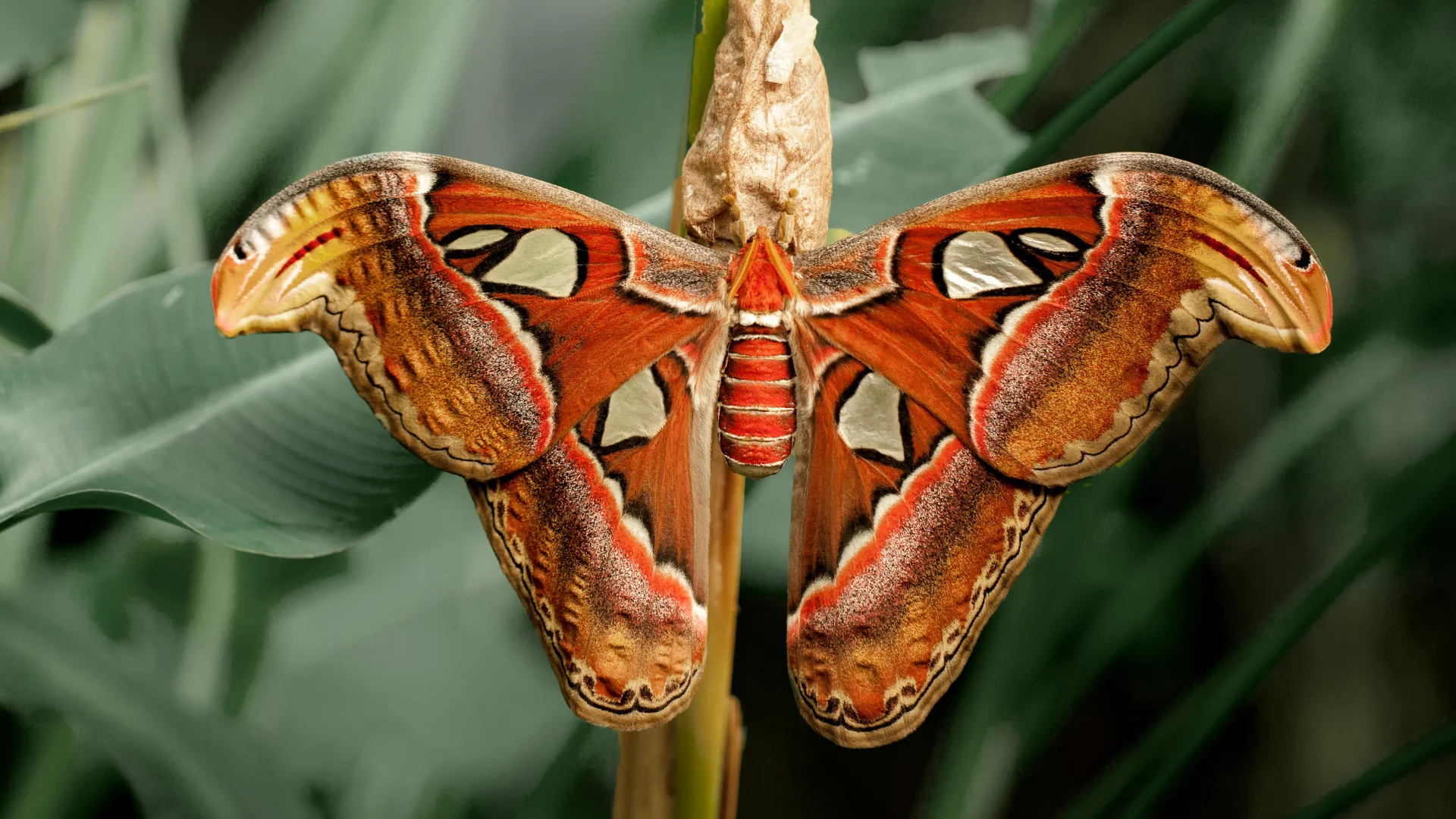
Moths inspire sound-absorbing sonic wallpaper
Researchers at the University of Bristol say the insect has developed a ‘stealth cloak’ that is efficient at absorbing sound, making moths nearly invisible to predators like bats
"We found this fantastic stealth cloak that they have on their wings, which means that they appear much smaller on a bat sonar than they actually are," said Marc Holderie, Professor of Sensory Biology, University of Bristol.
"So how does this work? Bats produce the sound, the sound hits the insect, and rather than being reflected back to the bat, it is absorbed on the moth and that makes it largely disappear from the bat's sonar. This gives it protection against detection and increases survivability."
Researchers are working to mimic this feature to produce more effective, thinner sound absorbers. They hope the technology will help tackle noise pollution.
"We have been working tirelessly to produce our first prototypes. So we had now translated it into the human hearing range so we can replicate what the moths are doing at frequencies that matter to us," Holderie said.
"We are still developing new prototypes every week. This is ongoing research and in a year, maybe two years time, we hope that we hit the market with our moth inspired what we like to call sonic wallpaper."
VIDEO: The pollinating power of moths
Thumbnail image via Canva Pro.










